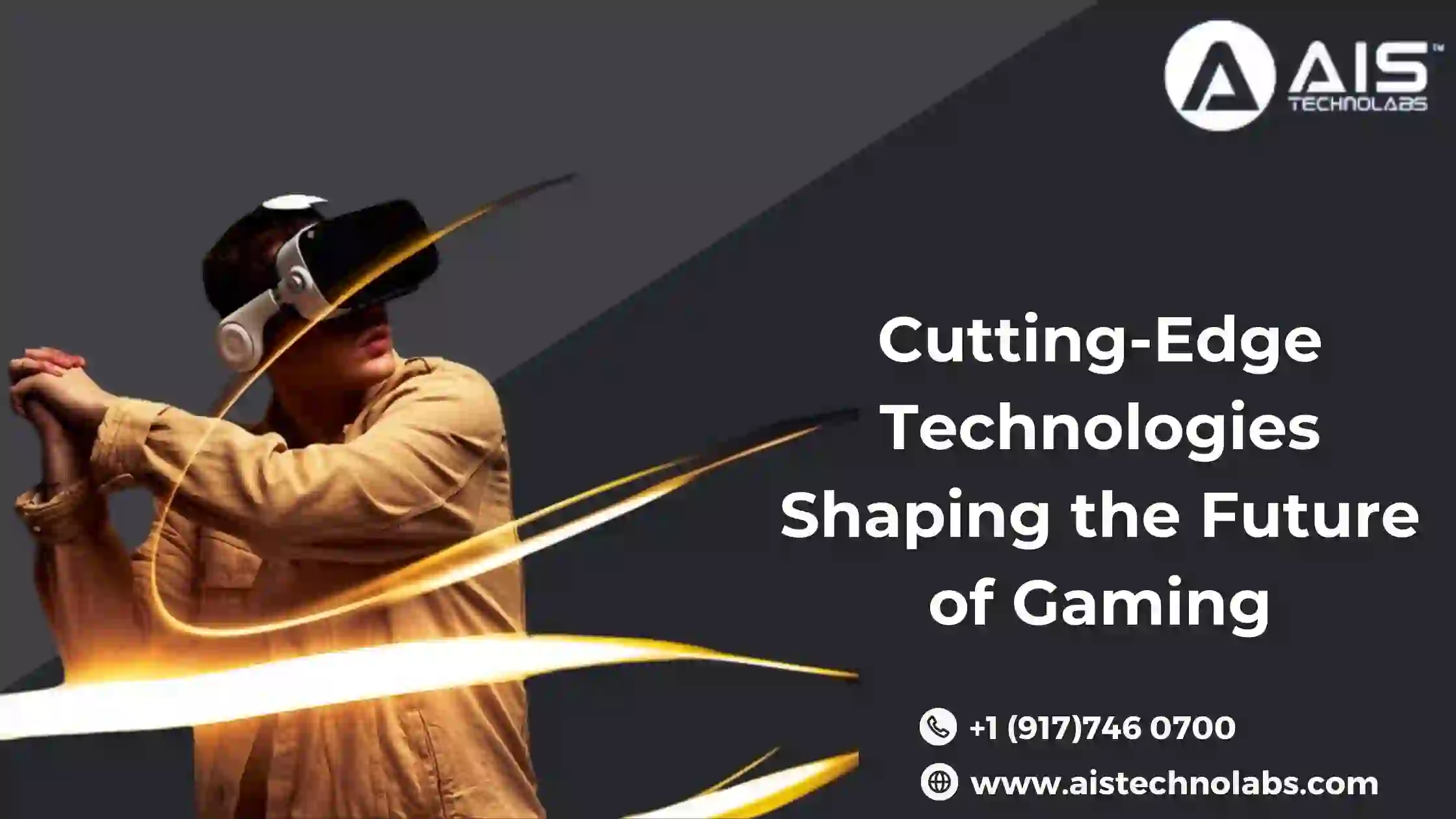Artificial Intelligence (AI) and Machine Learning
Artificial Intelligence, or AI, isn't more a topic of destiny; it's far a gift detail, and it is blowing the winds of alternate in undertaking development. AI lets developers give you smarter, more adaptive NPCs that analyze from and adapt to player conduct on the fly. For example, AI-driven algorithms could dynamically generate storylines, wherein no two experiences of a game are identical.
Equally, the process of testing has been further refined using subfields of AI: machine learning primarily analyzes vast gameplay data in search of bugs, balancing gameplay mechanics, and generally enhancing performance. This cuts development time and greatly improves the quality of the final product.
A strong example of AI in gaming has to be procedural content generation, whereby algorithms generate huge and singular worlds. This is realized in games along with No Man's Sky, permitting players to discover all however a limitless universe.
Virtual Reality (VR) and Augmented Reality (AR)
Virtual and augmented reality are set to replace traditional gaming experiences with deeper immersion. VR transports players into fully realized virtual worlds, while AR enhances the real world with digital information. Both technologies are revolutionizing
VR game development, enabling the creation of interactive and engaging experiences in ways that were once unimaginable.
A notable instance is that VR headsets, inclusive of Oculus Rift and PlayStation VR, have already made it possible for developers to create video games that blur the road between fact and fiction. On the other hand, AR games together with Pokémon GO have shown how real-world environments may be playgrounds for digital adventures.
Statista estimates that, by way of 2027, the worldwide marketplace length of VR gaming will attain a cost of
$52 billion, a massive growth in marketplace length, underlining how critical VR and AR are for game developers keen to make the maximum of the following wave of gaming innovation.
Cloud Gaming and Streaming
Cloud gaming is casting off the need for excessive-cease hardware, making gaming extra available than ever. Platforms like Google Stadia, NVIDIA GeForce Now, and Xbox Cloud Gaming permit players to move games directly to their gadgets, bypassing the restrictions of conventional consoles and PCs.
Cloud gaming opens the capability for scaling and reaching new heights for game developers. With the cloud infrastructure, developers can make instant-on games for a worldwide audience. What's more, with cloud-based development tools, groups can collaborate in real time, streamlining the innovative process. The shift to cloud gaming also aligns with the popular demand for cross-play. Today, gamers want seamless experiences across different devices, and game developers who embrace this cloud technology are better positioned to meet these expectations. If you're looking to bring your ideas to life,
hire game developers who are experts in cloud gaming to help you stay ahead in this ever-evolving landscape.
Blockchain and NFTs in Gaming
Blockchain technology, particularly NFTs, is paving the way for a new economic model in gaming, where players can genuinely own digital assets. By enabling the purchase, sale, and secure trading of in-game items, NFTs give players real-world value and ownership of their virtual goods. NFT game development, this innovation allows for new gameplay experiences that are both engaging and economically rewarding.
For game developers, blockchain and NFTs provide a pathway to sustainable revenue through decentralized marketplaces. Projects like Axie Infinity are already demonstrating the potential of blockchain-based games, where players can generate real-world income through gameplay.
However, integrating blockchain and NFTs into games isn't without its challenges. Developers need to address environmental concerns and navigate increasing regulatory scrutiny. Despite these obstacles, blockchain technology offers an invaluable opportunity for game developers to innovate, creating richer, more engaging experiences while opening up new possibilities in NFT game development.
Real-Time Ray Tracing and Advanced Graphics
Visual fidelity is always a sort of cornerstone in gaming, and real-time ray tracing really takes this to new dimensions. The technique of rendering beneath it emulates the interaction of light with objects to produce surreal visuals.
With real-time ray tracing, recreation developers have an effective device of their palms for increasing immersion. For example, Cyberpunk 2077 and Minecraft have already set a high bar through showing what this era can supply visuals that had been previously unimaginable.
Advancement in GPU technology is using the adoption of ray tracing, with agencies like NVIDIA at the helm. With access to more commoditized hardware, game developers will find that ray tracing becomes almost a standard feature in future titles.
5G Connectivity and Mobile Gaming
5G networks are going to revolutionize the world of mobile gaming. With faster speeds and low latency, developers can build even more complex, responsive mobile games with 5G. The technology facilitates cloud gaming, letting high-end gaming experiences be accessible over mobile devices on the go.
Mobile gaming is already the biggest segment of the gaming market, but 5G will accelerate this further. To the game developers, this means an enormous audience that is ready for innovation and engaging content.
Conclusion
New technologies are reshaping the gaming industry, making it more immersive, creative, and accessible. The possibilities are endless, from AI-driven experiences and VR worlds to blockchain-based ownership and cloud gaming. Developers who embrace these innovations will redefine the gaming landscape, providing breakthrough experiences that captivate players worldwide. AIS Technolabs specializes in delivering cutting-edge gaming solutions. Contact us to explore how we can help you stay ahead in this dynamic industry.

